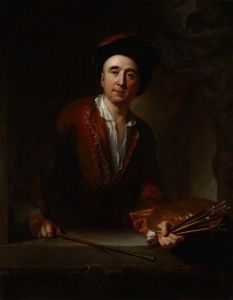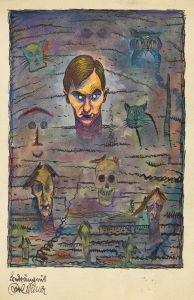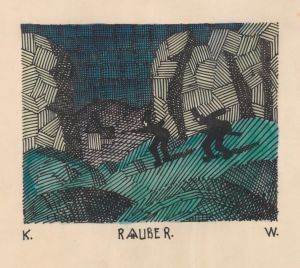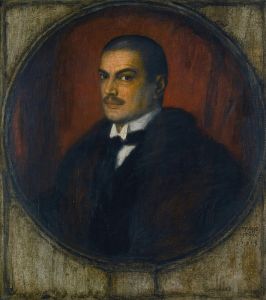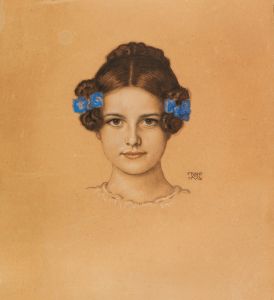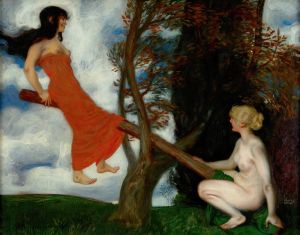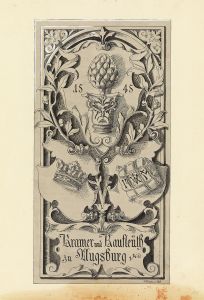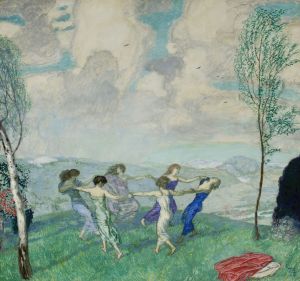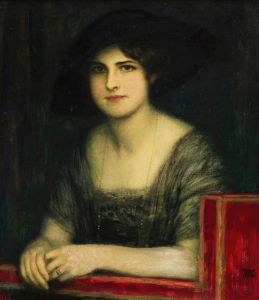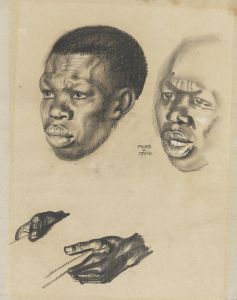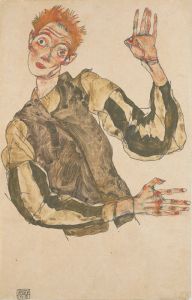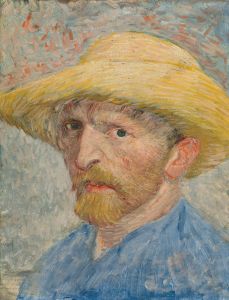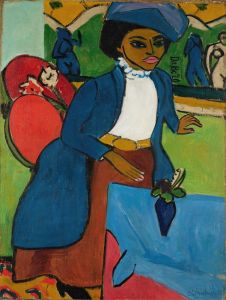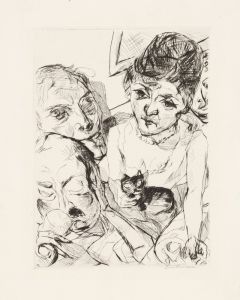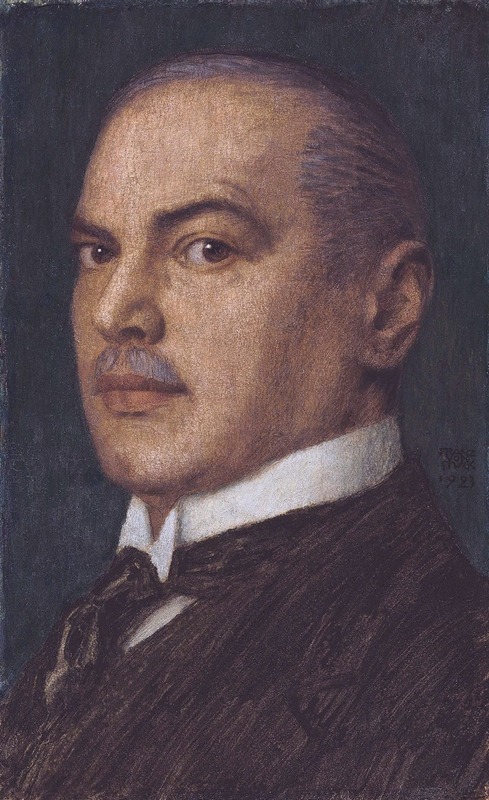
Self-portrait
A hand-painted replica of Franz von Stuck’s masterpiece Self-portrait, meticulously crafted by professional artists to capture the true essence of the original. Each piece is created with museum-quality canvas and rare mineral pigments, carefully painted by experienced artists with delicate brushstrokes and rich, layered colors to perfectly recreate the texture of the original artwork. Unlike machine-printed reproductions, this hand-painted version brings the painting to life, infused with the artist’s emotions and skill in every stroke. Whether for personal collection or home decoration, it instantly elevates the artistic atmosphere of any space.
Franz von Stuck, a prominent German painter, sculptor, and architect, created several self-portraits throughout his career, reflecting his evolving artistic style and personal identity. Born on February 23, 1863, in Tettenweis, Bavaria, Stuck became a leading figure in the Munich Secession, an art movement that sought to break away from traditional academic art and embrace more modern, innovative approaches.
Stuck's self-portraits are notable for their introspective quality and technical mastery. They often depict him in a dramatic and sometimes theatrical manner, showcasing his interest in symbolism and the exploration of the self. His works are characterized by a strong use of chiaroscuro, a technique that employs stark contrasts between light and dark to create a sense of volume and depth. This technique is evident in his self-portraits, where he often uses lighting to highlight his facial features and convey a particular mood or emotion.
One of the most famous self-portraits by Stuck is housed in the Neue Pinakothek in Munich. In this painting, Stuck presents himself with a serious and contemplative expression, dressed in a dark, formal suit. The background is kept simple, allowing the focus to remain on the artist's face and the intensity of his gaze. This self-portrait exemplifies Stuck's ability to convey psychological depth and his interest in the human psyche.
Stuck's self-portraits not only serve as a reflection of his own persona but also provide insight into the broader cultural and artistic trends of his time. During the late 19th and early 20th centuries, there was a growing interest in self-exploration and the depiction of the artist as a unique individual. Stuck's work aligns with this trend, as he often portrayed himself as a thoughtful and introspective figure, engaging with the viewer on a personal level.
In addition to his self-portraits, Franz von Stuck is well-known for his mythological and allegorical paintings, which often feature strong, dramatic compositions and a rich color palette. His most famous work, "The Sin" (Die Sünde), created in 1893, exemplifies his fascination with themes of temptation and moral conflict. This painting, along with his self-portraits, highlights Stuck's skill in combining technical precision with symbolic content.
Throughout his career, Stuck received numerous accolades and held prestigious positions, including a professorship at the Academy of Fine Arts in Munich. His influence extended beyond painting, as he also designed his own villa, the Villa Stuck, which is now a museum dedicated to his life and work. The villa, located in Munich, showcases his talents in architecture and interior design, further cementing his legacy as a multifaceted artist.
Franz von Stuck's self-portraits remain an important part of his artistic oeuvre, offering a window into his personal world and the broader cultural context of his time. Through these works, Stuck not only captured his own likeness but also contributed to the evolving narrative of self-representation in art.





